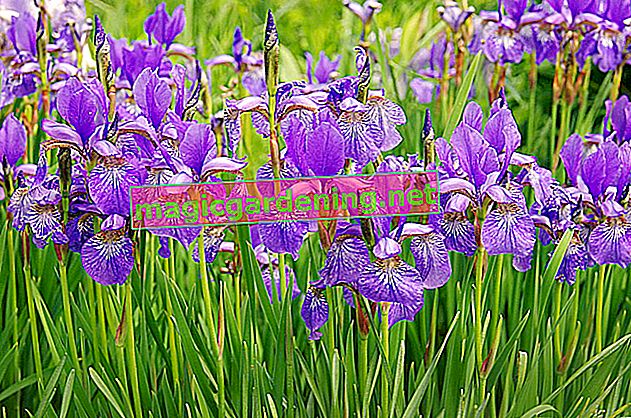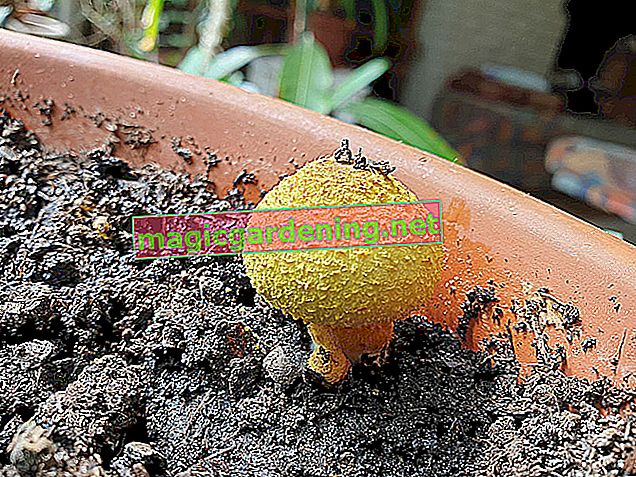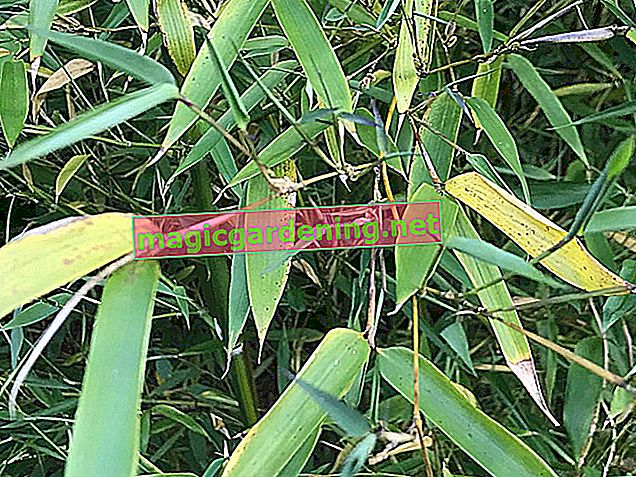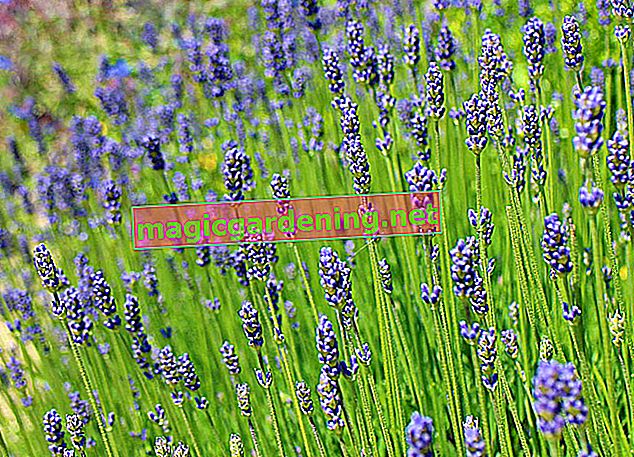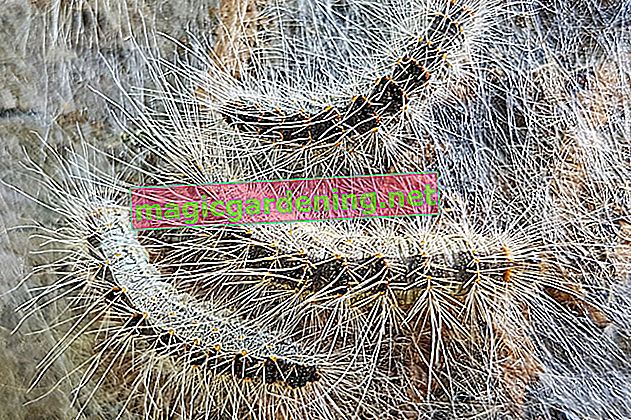
Watering weeping fig - what to look for?
Your Benjamini would like to be poured moderately. The plant reacts badly to waterlogging or drought by shedding leaves. Please water a weeping fig regularly, whereby the substrate on the surface should dry well in the meantime. As long as the earth feels moist to a depth of 1 cm, the watering can remains. Please mainly use rainwater or stale tap water
also read
- Is Ficus benjamina hardy? - Tips for wintering
- Watering Ficus benjamina correctly - when and how often?
- Why does my Ficus benjamina have sticky leaves - tips on the causes
Is a Benjamini fertilized all year round?
As an evergreen houseplant, the nutrient supply should not be completely stopped at any time of the year. The fertilization intervals are matched to current requirements. How to do it right:
- Apply liquid fertilizer every 2 weeks from March to September
- From October to February, add a green plant fertilizer to the irrigation water every 6 weeks
An exception applies in the period after repotting. Since the fresh soil is pre-fertilized, the fertilization is suspended for the following 6 to 8 weeks.
Can I cut a Ficus benjamina?
Despite its affectionate nickname, a Benjamini can get too big over time. Now you benefit from the good-natured cut tolerance, because the mulberry plant is busy sprouting again. However, the following details should be considered:
- A weeping fig cut between March and July
- Wear long-sleeved clothing and gloves to protect against the toxic, sticky milky sap
- Ideally, lay the cut back outside so that the floor does not get dirty
After the cut, please shower the plant with soft, lukewarm water and only bring it back into the house when the cut wounds have dried.
Hibernating Benjamini healthy - how does it work?
The weeping fig loves a constant location with bright light conditions at a warm 22 to 28 degrees Celsius. Fluctuations are acknowledged with sheet ejection. Since the Central European winter is associated with a reduced amount of light, the following adjustment in the care program is inevitable:
- In autumn and winter the temperatures drop to 16 to 18 degrees Celsius
- Water Benjamini less according to the falling water consumption
- Fertilize every 6 to 8 weeks from October to February
In order to cope better with the influence of dry heating air, spray the weeping fig one or two times a week with lime-free water.
Tips
If your weeping fig sheds the green leaves, there are various reasons for this: temperature fluctuations, cold feet or drafts let the leaves fall, as well as waterlogging and dry balls. In winter it is primarily the lack of light that leads to leaf loss. If the leaves turn yellow in advance and then fall to the ground, the weeping fig reacts to hard water or a lack of nutrients.


